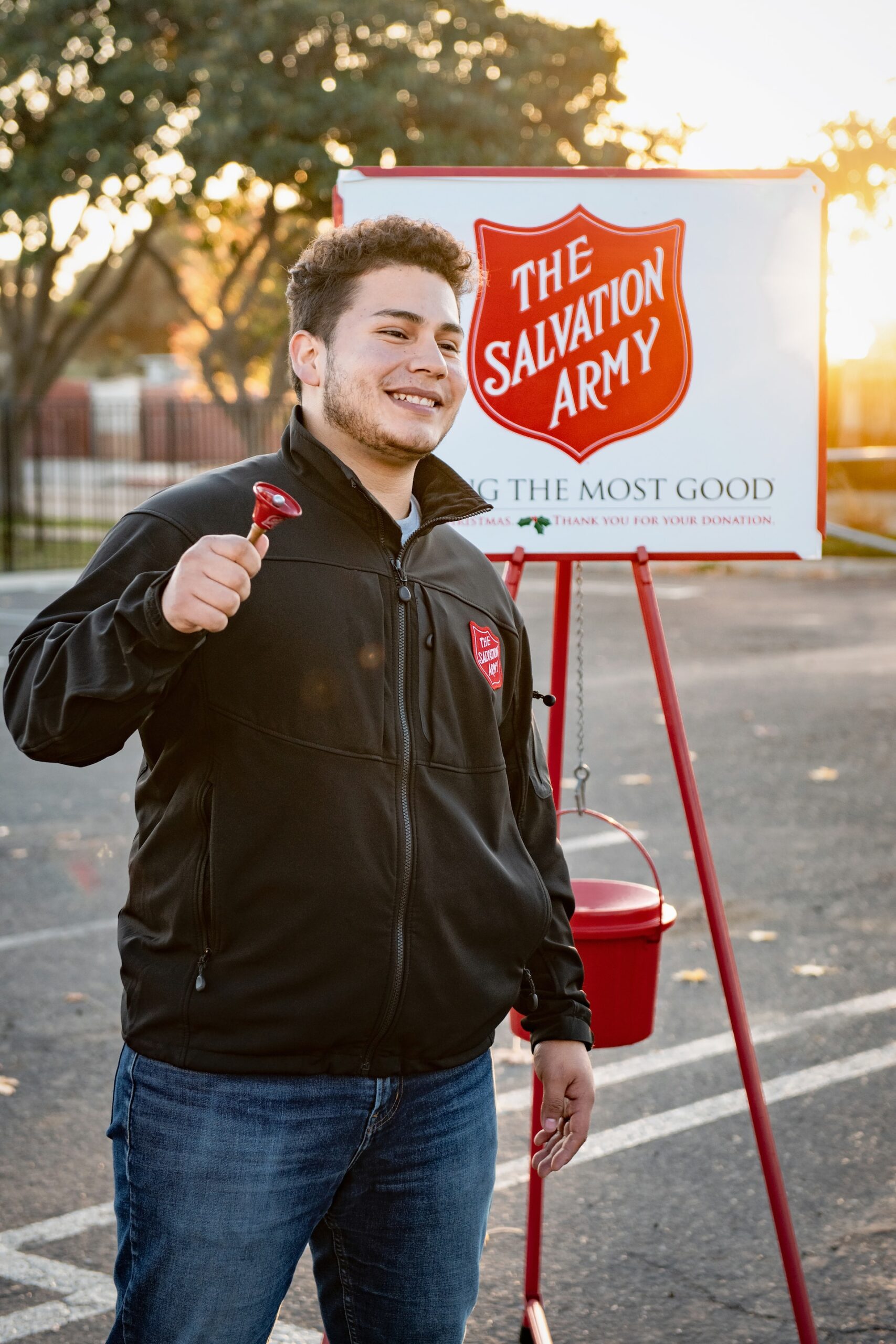
Kirikiriroa – The Salvation Army is appealing to government to do more to help tens of thousands of children who continue to live in poverty.
Statistics NZ says today the child poverty statistics for the year ended June 2022. The statistics show no significant improvement.
There are up to 177,000 children whose households are below at least one of the primary child poverty lines, Lt-Colonel Ian Hutson, the director of The Salvation Army’s Social policy and parliamentary unit, says.
“Despite high levels of employment and incomes rising, the gap between families on lower incomes and those on middle and higher incomes is not closing fast enough.
“This is not surprising when there are over 209,000 children in households relying on government income support. Many of those households with children have incomes below one of the official poverty lines. Working families on low incomes need extra help too.
“Children in households where their parent(s) and caregivers cannot take on paid work because of illness, disability or simply the need to be at home and parent young children, are the most at risk of poverty.
“They are the children who will benefit most from direct government assistance to lift them out of poverty.
“The Salvation Army urges the government to go beyond recent announcements that simply adjust some welfare payments for inflation.
“We are calling for further increases in core benefit rates, working for families and accommodation supplement housing support payments to levels that ensure families on lower incomes have enough to meet the costs of basic participation in society.”
In April 2022, government officials estimated that incomes for different types of households that rely on welfare support were between $47 and $277 per week short of what is needed.
Since then, living costs have risen further and government support must respond to ensure there is enough money for essentials like paying the rent, healthy food, energy costs for heating and lighting, adequate clothing and footwear as well basic health care needs.
Don’t wait until 2028 to reach child poverty reduction targets. Make the changes now and ensure that in future years all payments as well as thresholds for abatement and eligibility for benefits are adjusted for inflation or average wage increases or whichever is higher.

